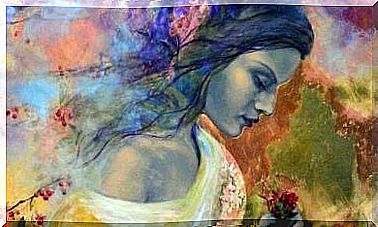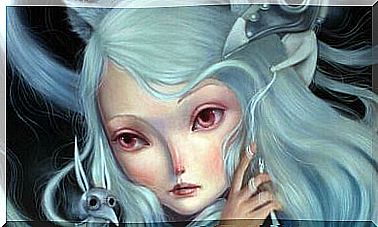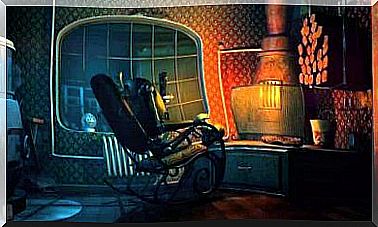The Origin Of Death In Japanese Mythology
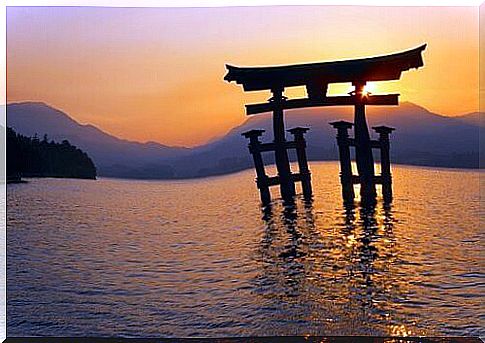
The origin of death according to Japanese mythology is described in a curious legend about the origin of Japan. Despite the influence of Chinese civilization, a significant part of Japanese religion and culture is unique and different from what is believed on the mainland. In addition, Japanese mythology includes Shinto and Buddhist traditions, as well as widespread beliefs from the rural population.
Conventional Japanese myths are based on Kojiki and Nihon Shoki. Kojiki literally means “record of old things” and is the oldest book on myths, legends and the history of Japan. Nihon Shoki is the second oldest history book in Japan and tells of the various deeds of the deities.
In this article, we use this wonderful legend to examine the origin of death according to Japanese mythology.
“Death is not the opposite of life, it is part of it.”
Haruki Murakami
The legend of the creation of Japan
At the beginning of time, the first Japanese gods created two divine beings: a man named Izanagi and a woman named Izanami. She entrusted these ancestral deities with the mission of creating a wonderful land.
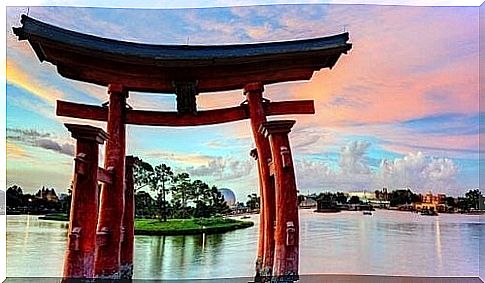
Years later, when they finished the mission, they decided to bring offspring to this world. The eight great Japanese islands emerged from the union of these two gods. There was harmony in the new world for a long time. The deities lived with their numerous children until Izanami gave birth to the fire god Kagutsuchi. After a very complicated birth, Izanami passed away.
The Kingdom of Yomi
Izanagi suffered greatly when Izanami died. Instead of burying her body on Mount Hiba, the legendary mountain near Izumo, he decided to look for his beloved in the kingdom of Yomi, the land of the dead.
Izanagi set out for the land of darkness and went in search of his beloved wife. All the demons he encountered warned him that Izanami could never come back. In other words, they told him that if she had already tasted the yomi fruit, she could not return to the land of the living.
After many months of hardship and suffering, Izanagi finally found his wife in a place of total darkness. The only condition the gods of the underworld made for Izanagi to speak to his wife was that he should not look at her. Izanagi agreed and stepped in front of his wife.
A tragic fate
She explained to him that it was too late: she had already tasted the fruit of the underworld. She told him she couldn’t go back with him. However, she wanted to try to convince the Yomi rulers that she could return.
Eventually, Izanagi could no longer resist the temptation. So he lit a small flame and looks at Izanami. With this, Izanagi broke the law, disrupted the harmony of darkness. He then had to look at the body of his wife.
Izanagi fled in a panic while his wife accused him of embarrassing her. She pursued him throughout the Yomi realm and tried to kill him too. After a long chase, Izanami pierced her husband’s body with a spear, inflicting severe wounds on him.
The Father of Creation kept walking and running until he felt a fresh breeze from outside. Despite his wounds, he reached the realm of the living. With the last strength that was left to him, he sealed the thin gap that has separated the two worlds ever since. From the underworld, Izanami called her husband, saying she could now enter the realm of the living. But after everything he had just experienced, Izinagi was completely scared. He didn’t respond to her pleading.
The goddess then threatened to kill a thousand people every day. Then Izanagi replied, “Then I will give life to 1500 other beings every day.”
This is how death spread on earth.
The origin of death according to Japanese mythology
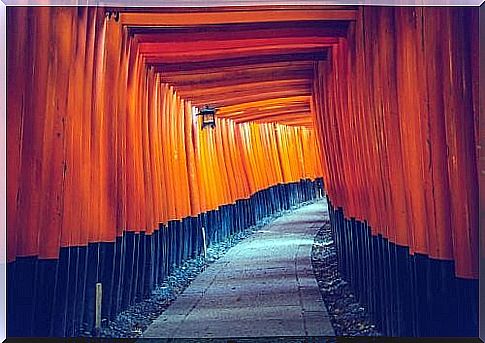
Japanese culture regards death as something dirty. Hence, it is believed necessary to cleanse, perfume, clothe and prepare the deceased so that their soul can enter the world beyond ours.







